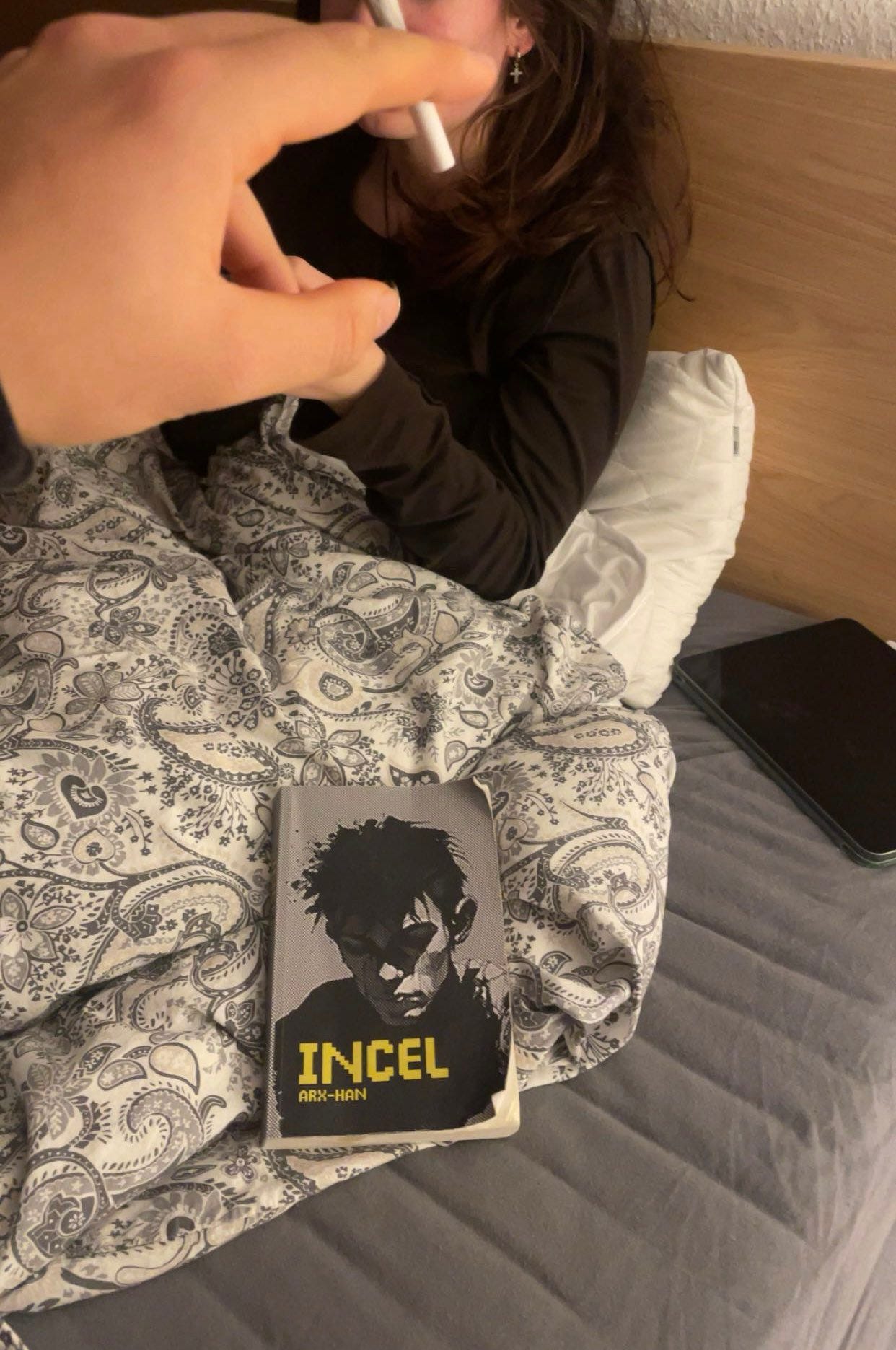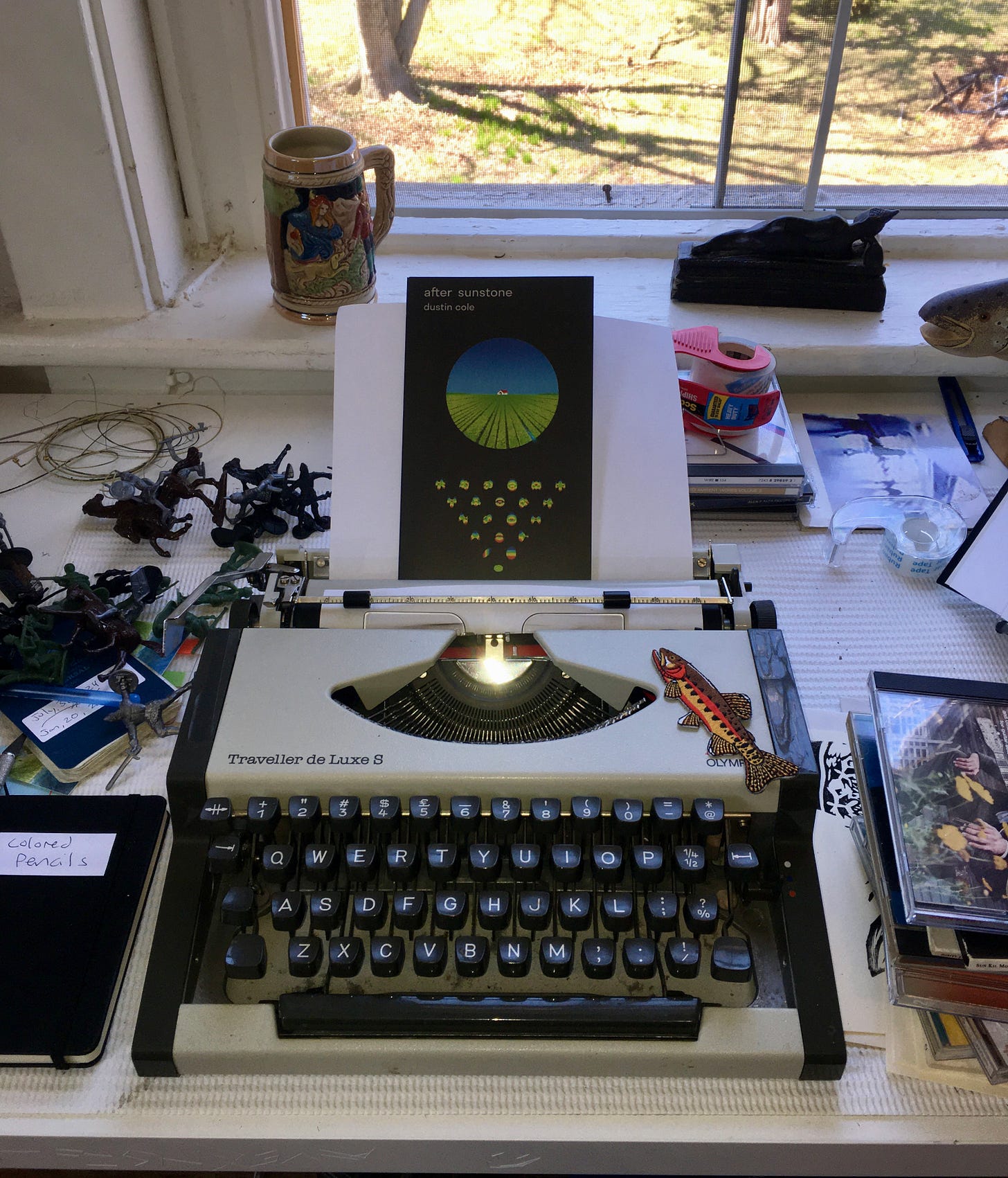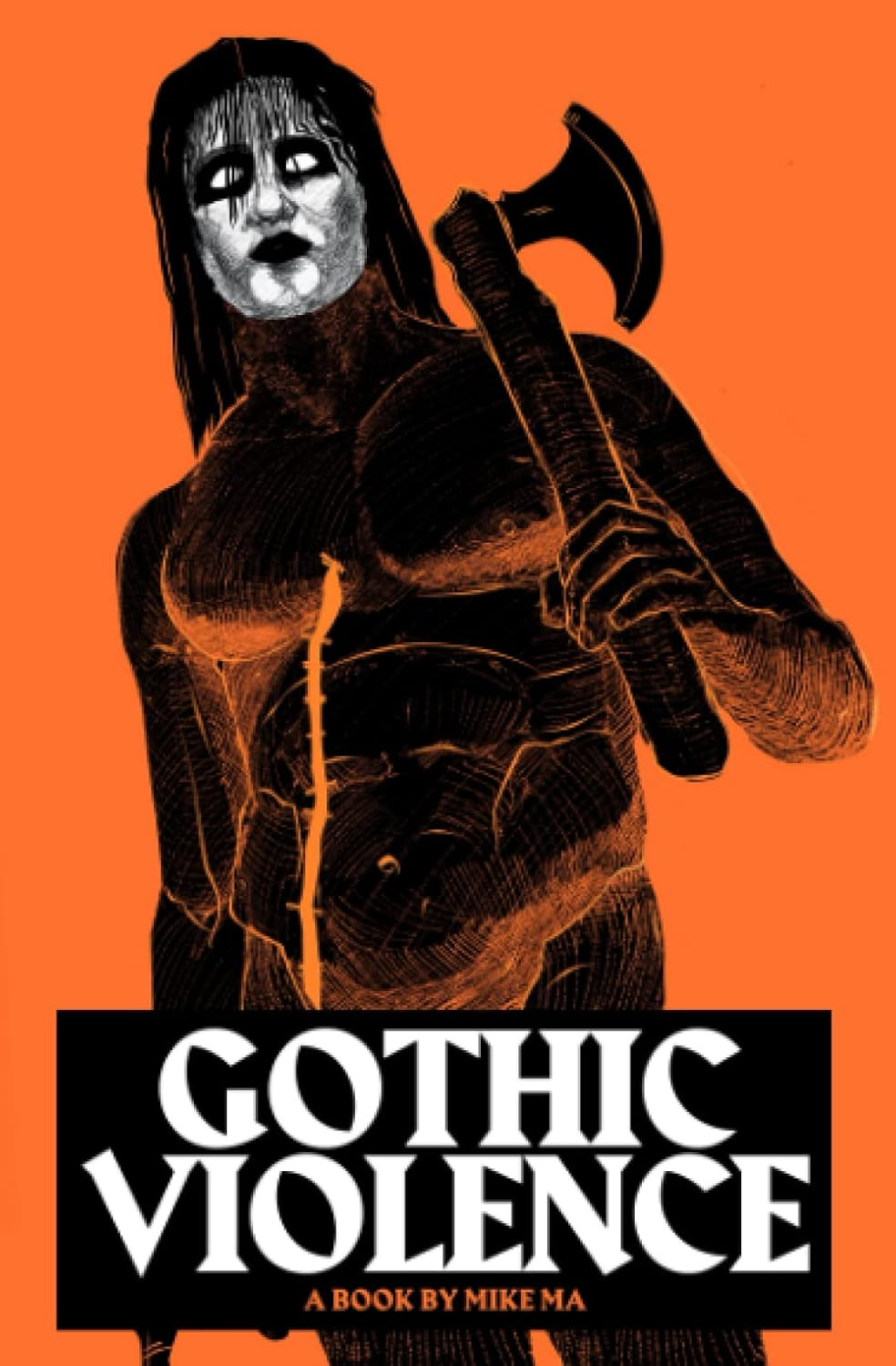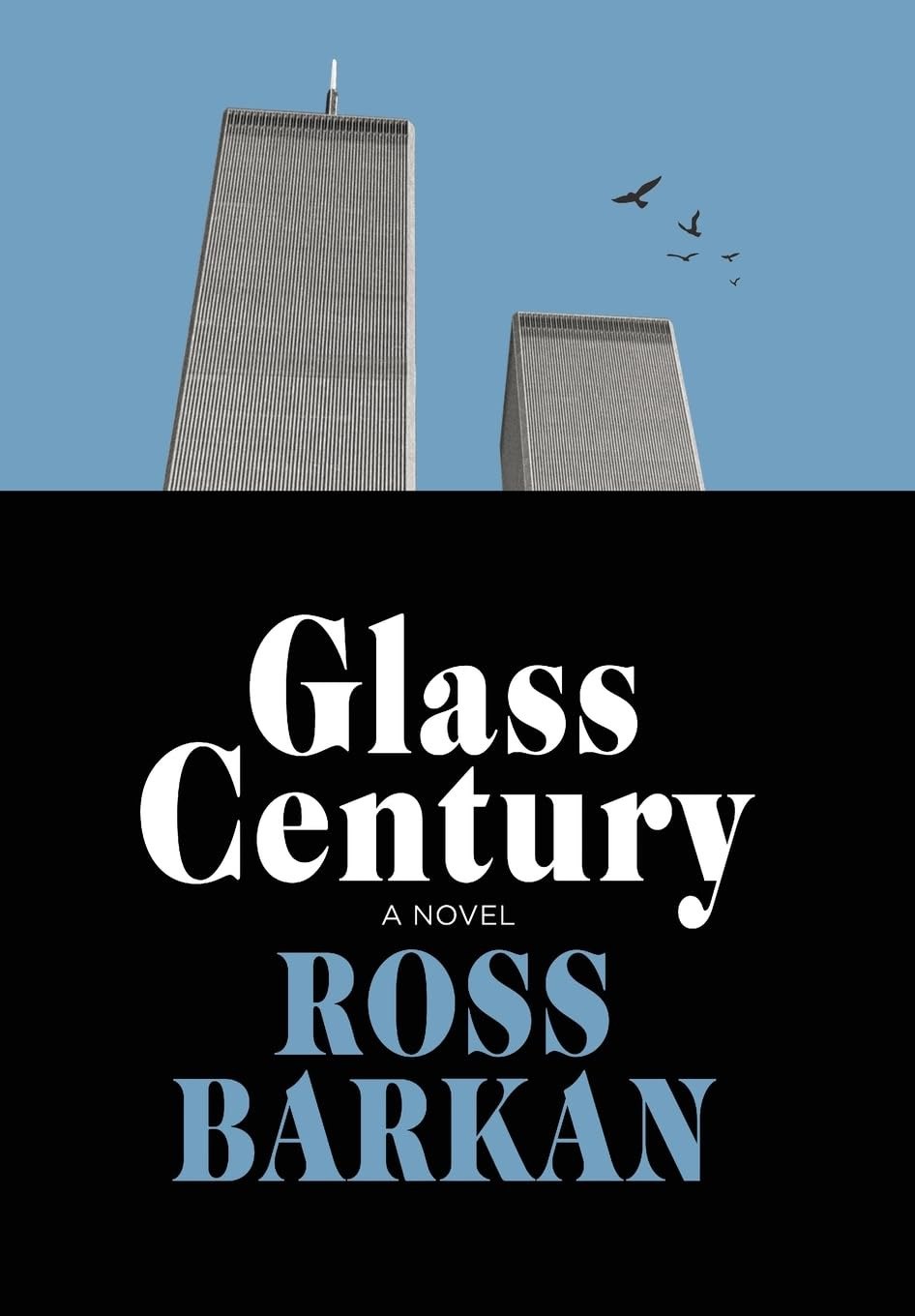novels should be beautiful objects
books as corporeal entities; design as an essential ingredient for the modern prose-based artisan

I recently finished Matthew Gasda’s The Sleepers—a very good book that I’m still processing—a sweeping indictment of millennial pleasure-seeking culture.
It’s a book that’s arrived at what feels like the right time. When it comes to culture, time and distance are the ultimate clarifying agents, and the moment of judgment for millennials has come.
Let us consider the macro-trend of historical consciousness and its ongoing evolution in the era of mass culture: generational social and psychological pathologies are distilled into thinkpieces and narrative critiques and the ones that resonate with truth rise up and get preferentially replicated. This in turn feeds into the genesis of the replacement culture and the young replace the old and generate a novel set of problems and the wheel turns yet again.
When I look back on millennial literary culture, the thing that most bothers me is the cynicism about beauty. I don’t mean beauty in the physical sense of the face or body, but beauty as a transcendent aesthetic good for the human soul more broadly.
How much energy was wasted on snark?
Whenever I find myself enjoying a good novel, this enjoyment comes downstream of beauty in the expansive sense. The art of a sentence, the lyricality of prose, the way the paragraphs appear on the page as sculptural objects, and most importantly, the feeling that I get from reading something worthwhile uplift me and nourish me. It’s not quite a spiritual exercise but it’s something adjacent to it; meditative, edifying.
Millennials are perhaps only now shedding ourselves of these many sedimentary layers of cynicism and snark that buried too many good works and potentials under an irony-poisoned blanket that made any kind of sincerity impossible; that made a generation of authors lean too hard into the many varieties of black-pilled wretchedness lacking in the light of anything good and true.
A lot has been written about this general sense of aesthetic degradation, now made worse by various forms of AI-slop, but my intuition about our current moment is that it’s still possible to make beautiful books and for people to read and appreciate them.
I say this as a guy who put an AI-image on my (revised) novel cover and liked it.

Consider the state of literary fiction: yes, it’s in decline, yes, zoomers are apparently (as a class) decreasingly literate (with some notable exceptions), yes, it’s becoming a conservatory art-form for a small subset of aging, declining people. This is now effectively a niche hobby that will never reach the heights of 20th century literary stardom is a tragedy but also an opportunity. Whenever an aesthetic circle shrinks, this closes the door to zeitgeist-level distribution but it also opens the door to artistic purists.
Consider further the state of niche online self-published or indie literary fiction.
The benefit of being a loser is that you are completely emancipated by your own lack of notoriety. Success breeds professional relationships which breeds a networked web of interlocking social constraints and Lines-That-Should-Not-Be-Crossed.
If you are self-publishing a novel for Bezos-buxx on AMAZORG, you can basically do whatever you want.
Freedom for the artist is not unconstrained, however, because it breeds its own form of obligation.
The indie novelist is not merely an artist, but an artisan. All of this is to say perhaps only one thing: indie novelists should treat novels not merely as objects of beautiful text but as beautiful physical objects as well.
What I mean by this is that even if you are poor and broke and working some shit job to fund your fiction-writing project, you should try somehow to make sure that your physical book is beautiful.
The wrapper of the “the thing” is not insignificant. The psychology of packaging text is not a problem to be solved, but an aesthetic opportunity to be embraced.
Now, in fairness, not everyone will have the resources to commission custom art for their cover, to which I’ll simply say: if you want it badly enough, you will figure it out.
Let’s talk about some people who have done this well
The first thing I look for when I encounter a new indie press is the design execution.
To survive, artisanal media (literary fiction) must lean into embodiment and lean into the physical world.
In execution terms, a well designed novel with a beautiful and compelling cover elevates the experience of reading the physical work.
Mixtape Hyperborea by Adem Luz Rienspects (self-published):

Gothic Violence by Mike Ma (self-published):
Calanitia Dreaming by Cairo Smith (self-published):

Xenosystems by Nick Land (published by Passage Press):
The Agonies by Ben Faulkner (published by Arcade Publishing)

Glass Century by Ross Barkan (publisher: Tough Poets Press, forthcoming)
after sunstone by Dustin Cole (publisher: Farthest Heaven)

Make it look good
If you’re a writer and you’re reading this, you know what to do.
Go out and increase the aggregate beauty of the world. No amount of ugliness can subtract from the sublime.






I ordered a copy. Looking forward to reading it!
This piece alongside a recent post by Sam Kahn on the future of books as physical objects has made me wonder if at this stage of "The Discourse" we are entering into more substantial discussions on what the (teleological) purpose of the internet is and what the (teleological) purpose of books are for. Though the internet has collapsed time and space and enabled transcontinental communication at an unprecedented scale, it's a limited means of long-term knowledge storage. Most of what is said and done on the internet will disappear (Thank God!). Books are the superior method of storing information and passing it on to the future. As a bibliophile, i.e.. an obsessive and ne’do-well, I became interested in the history of book printing. I got to know a bookbinder who had studied with the last living direct protégé of William Morris. He informed me that traditional bookmaking persists as a fine art. It's the only commercial and social model out there that this tradition can sustain itself - as art-objects and through elite patronage. Novels and book culture might need to do the same. Much like how playwrights understand that their artform is in dialogue with actors, novelist must be in dialogue with books as beautiful objects. Who makes it and how its made is important. The novel is dead! Long live the novel!
(PS you and I have a recent discussion in the comment section on your post on Asian-American literature. I had to delete my Substack account and recreate for various reasons.)
(PSS I noticed that the binding on the print run of Incel was perfect binding which is far from perfect - the end of the pages are not stitched in separate bundles but block cut and glued to a cover. It makes rebinding it difficult and labor intensive. Signature binding, which can be done mechanically, is the superior method since the cover can be removed and the book dissembled and reassembled as needed)